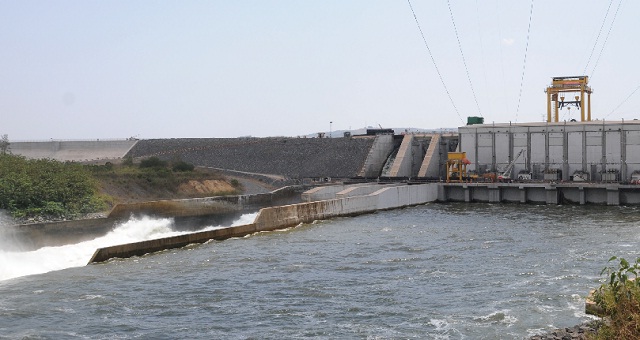
But the public debt has increased by 9.4% to hit Shs 37.9trillion
Kampala, Uganda | ISAAC KHISA | Uganda’s optimism in the first quarter of the Financial Year 2017/18 has been replaced with fear of a slow growing economy.
The Central Bank’s latest quarterly report dubbed ‘State of the Economy’ shows that Gross Domestic Product (GDP) was slower in the first quarter compared withthe last quarter of the last financial year.
Citing the estimates of the economic activities by the Uganda Bureau of Statistics (UBOS), Governor, Emmanuel T. Mutebile, said the economy grew by 1.3 per cent in the first quarter of the FY 2017/18, which though is lower than 2.5 per cent in the fourth quarter of 2016/17.
“This is consistent with estimates of the BOU’s early warning indicator – the composite index of economic activity (CIEA), which indicates a rebound of economic activity, driven by strong growth in industrial activity,” the report reads in part.
This comes at a time the government has also increasedon the rate of borrowing, mostly from China, to fund infrastructure projects including roads, power plants, fibre cable networks and an airport expansion.
According to the report, public debt stood at Shs 37.9trillion as at the end of December compared with Shs34.4trillion in June 2017, representing a 9.4% growth. The external and domestic debt amounted to Shs 25.1 trillion and Shs 12.8 trillion respectively, which is an increase of 12.2 per cent and 4.2 per cent, respectively, during the same period under review.
The Central Bank boss said economic growth is projected in the range of 5 – 5.5 per cent in FY 2017/18, and is forecast to average about 6.3 per cent in the medium to long term, supported by accommodative monetary policy, improvement in public investment management, global economy performance.
Mutebile however, said there are some downside risks to the projected economic growth numbers, one of which is crowding out of private financing and investment by the large government borrowing aggravated by the weak structural conditions – low returns on public capital and poor execution of investments.
Declining interest rates
Meanwhile, the other highlight in the report was the movement of interest rates for government paper. The average yields on the 91-day, 182-day and 364day Treasury bills (T-bills), for instance, declined to 8.6, 8.6 and 9.1 per cent, respectively in the quarter ended January 2018, relative to 9.6, 9.7, and 10.3 per cent in the quarter to October 2017 and 14.1, 14.9 and 15.4 per cent in the quarter to January 2017.
Similarly, yields on the longer term bonds also declined, with the average yields on the 2-year, 3-year and 5-year Treasury bonds (T-bonds) declining to 10.9, 11.3 and 12.6 per cent, respectively in the quarter ended January 2018, from 12.2, 12.7 and 13.6 per cent in the preceding quarter. Average yields on the 10-year and 15-year T-bonds also declined to 14.2 and 14.4 per cent from 14.6 and 15.1 per cent, respectively over the same period.
The reduction in yield across the maturity spectrum signals a reduction in earnings to prospective investors as monetary policy eases.
On Feb. 13, BoU cut the Central Bank Rate by 0.5 percentage points to 9% as a measure for boosting private sector credit (PSC) uptake and economic activities.
This was in response to a decline in headline inflation and core inflation from 3.3% and 3% last December to 3% and 2.6% in January 2018, respectively.
So far, the current CBR is the lowest since 2011 when Inflation Targeting Lite (ITL) was introduced to tame inflation that had jumped to 30%, the highest since 1993. The highest point, the CBR has been was 23% at the end of 2011.
The PSC, however, remains subdued even as the average lending rate on shilling denominated loans eased to 20.2 per cent, from 21.4 per cent in the preceding quarter and 22.9 per cent in the corresponding quarter of the previous year.
The risk of Non-Performing Loans (NPLs) to PSC growth slowly moderated following the decline in the ratio of NPLs to 5.6 per cent in December 2017, from 7.2 per cent in the preceding quarter ended September 2017.
 The Independent Uganda: You get the Truth we Pay the Price
The Independent Uganda: You get the Truth we Pay the Price



It is Ugandans to suffer ,
with time come we shall need transparency and accountability on everything.